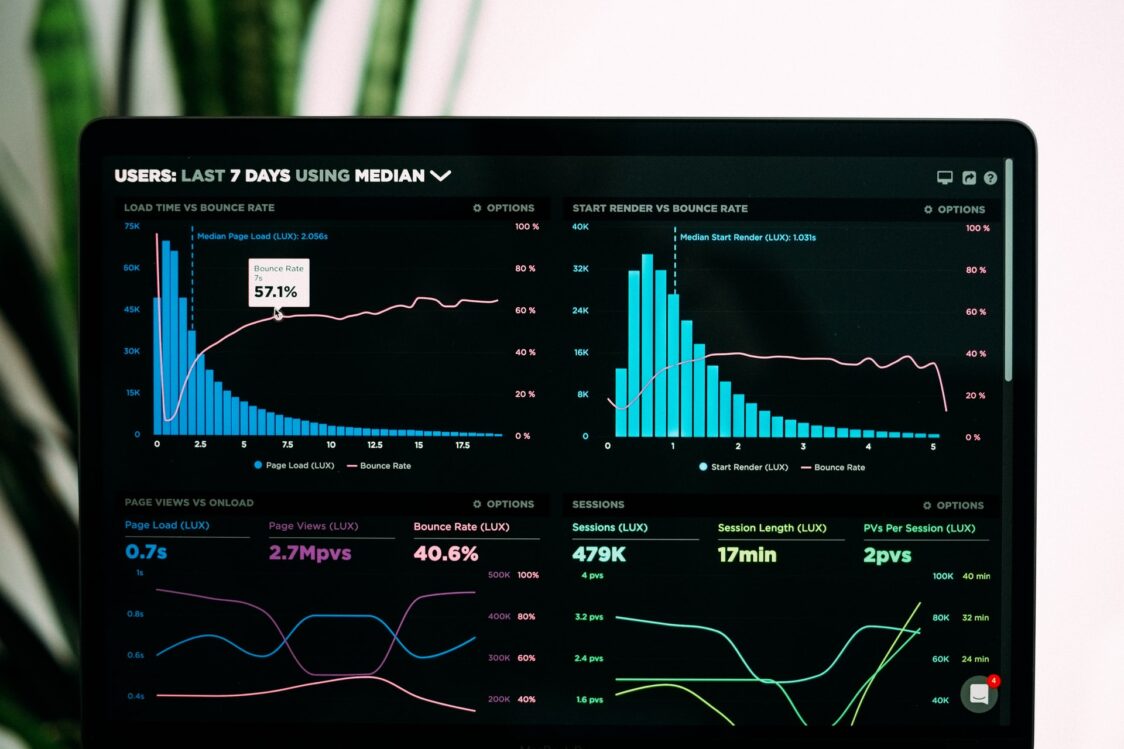How to improve conversion rate while redesigning or reengineering your software application

Technologies are improving fast. A few decades ago human beings did not even consider that they would have the opportunity to easily communicate with each other through mobile phones. A decade ago we could not imagine that our mobile phones would become not only a phone, but all in one device: cell phone, electronic wallet, set of all documents (we can attach almost all the most used documents: from driving licence to COVID certificate), GPS navigator, fitness tracker (mobile application counts as part of a IoT technology stack in almost all fitness and healthcare projects), and even a small computer. Mobile applications very soon became a powerful business tool for retailers that helps to sell products and services faster, easier, and smarter. There are lots of examples: lots of use cases of IoT in retail; smart dressing rooms; smart store navigating systems; intelligent weekly delivery based on our behaviour.
The question is, are there any better ways to improve conversion rates when we are planning software application renewal?
4 ways to improve your software application
1. Subscriptions and premium content (Paid Subscription / Paywalled Content)
The fact is that the user can use the application for free and consume content with it, but the amount of free is limited. In order to access large volumes or better quality materials, he must pay for access to the extended package once, or pay for the possibility of unlimited access for a certain period of time (month, quarter or year).
A well-known example of monetization according to the model “paywallwed content” – Medium.com. Services that work on the subscription model – Netflix, Spotify.
In recent years, the popularity of subscriptions is growing, and in the future more and more applications will use this business model to monetize their products. The main advantage of such a scheme of income is a stable profit for developers, the amount of which increases with the growth of the customer base.

2. Sale of own goods or services
Another way to monetize mobile applications is to use them as a sales channel for your own products or services. For example, a food delivery company may create an application for the site to increase the customer base and the number of orders. And online stores like barberstyle, with this tool, can increase audience reach by entering a growing e-commerce market.
3. Transaction Commission
In addition to selling your own products, you can make good money by selling other people’s goods and services. Just getting paid for it. For example, well-known startups Uber and AirBnB work on this model. Taxi, booking, delivery, medical and other services related to online transactions, most of these projects use just such a business model.
An interesting type of business based on this model of monetization is aggregators. As an example, we can cite the application for ordering food delivery from restaurants in the city, which aggregates the offer from different suppliers, acting as a single window and receiving a commission for each order.
4. Sponsorship (partnership)
This option can be considered if another brand or company from a certain niche is interested in contacting the audience of your application. The owner of the application can offer goods or services of another company to its users, receiving a fee for impressions or leads.
Example: sponsorship content in media applications, event announcements or publication of vacancies on a paid basis.
Which monetization model to choose for your mobile application?
This is always a relevant question for any developer, but there is no clear answer to it. Models of monetization of mobile applications are constantly changing, as the mobile market itself is changing.
The choice in favor of one or another option depends on many factors: the subject of the product, the characteristics of the target audience, the purpose of developers, available resources, etc. Some approach this issue creatively, combining several monetization mechanisms in one application to reach audiences with different preferences. Or experiment with different strategies to determine the most profitable.
It should be understood that the monetization of applications is one of the main components of the business plan of the future project, and even a successful product can be unprofitable if you do not spend enough time and effort to develop a mechanism for making a profit. This is what should be the center of attention.
